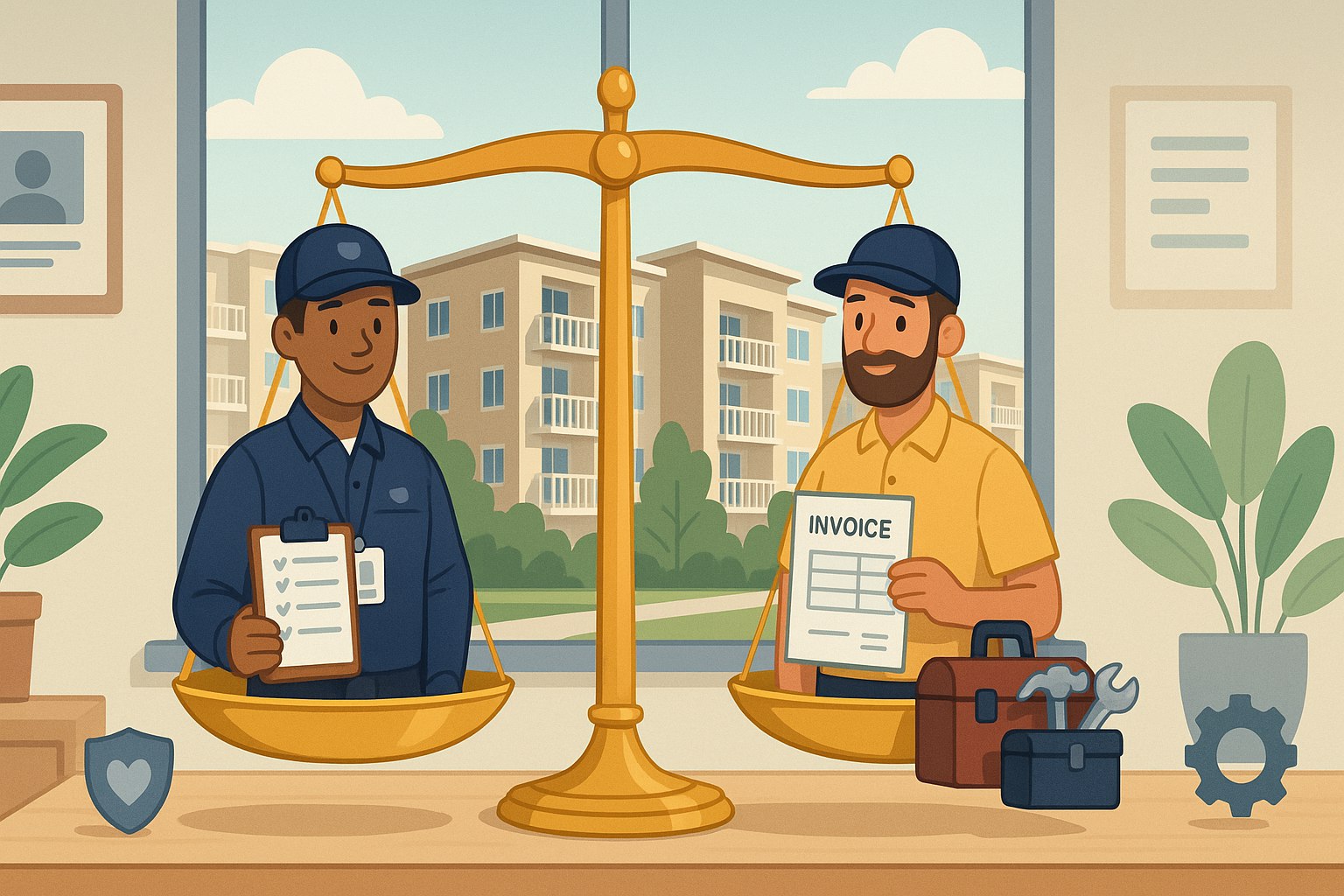Housing Choice Vouchers Are Too Hard To Use: There Is A Solution
The headline in the USA Today is one of those headlines that, for me, simply validates decades of reality: Voucher program is supposed to help poor families rent a home. Nearly half the time, it fails. The fact that the USA Today is reporting this as if it is a shocking thing is itself shocking. I’ve been pointing out that the problem with vouchers is that they are too hard to use for both housing providers and prospective residents for years, and the Department of Housing and Urban Development (HUD) has studied and reported the same thing. Federal, state, and local governments need to overcome internal resistance and start developing a fast cash program that just pays the rent.
The USA Today story is sort of all over the map, literally, poking around various locations and example pointing out places where vouchers are not working or working better than others. It is interesting, but is a great number of words to point out what it does in a simple paragraph with the header, “Why are Section 8 vouchers so hard to use?” But the story takes a long time to get to what the latest study by New York University’s Fuhrman Center finds which is a version of I and everyone else looking at the problem concludes.
“Programmatic solutions exist that could address both landlord and tenant needs. For example, the City recently began adjusting allowable rents to better reflect neighborhood markets in areas of high opportunity. Other potential solutions to increase landlord participation include financial incentives and reforms to lower administrative burden – most notably with respect to inspections and unit hold fees that address lost rent during the lease processing period. These should enable voucher holders to better compete with other renters.”
As I pointed out in a 2020 paper at the Foundation of Research on Equal Opportunity, the problem comes down to there being too many limits on when and where a voucher can be used and the myriad of rules that housing providers face when trying to rent to people who have them. The really strange thing about vouchers is that people who get them are often housed and with income, they’re just paying too much there or living in unfortunate or inconvenient circumstances. Part of the problem with unused vouchers is the hunt for a housing provider who will take the voucher or who is charging rent acceptable to HUD.
In a 2018 study of the problem of unused vouchers, HUD found discrimination was simply not the problem but too much red tape, cost, and hassle associated with vouchers.
“We find that most nonparticipants rejected the program not because of a lack of market fit but because of negative experiences with the program. These experiences generally consist of the following dynamics: (1) inspections, (2) a general frustration with the bureaucratic aspects of participation, and (3) a tenant conflict.”
Direct cash payments either to qualifying households or to their housing providers – without inspections or any other process – would solve the problem of unused vouchers and the suffering of families instantly. Yet housing authorities resist this. Here’s what one said in an article about HUD’s efforts to reform the program with cash:
“Margarita Lares, chief programs officer for the Housing Authority of the City of Los Angeles, is less convinced. She worries that without oversight, renters will spend the cash they get from this program on things other than rent — leaving their landlords in the lurch.”
Really? How could that be if payments were made directly to the housing providers through direct deposit?
Since we keep having the same conversation over and over, I think the solutions I offered 4 years ago are still good ones.
Facilitate direct deposit. Upon establishing cost burden using a recent rent receipt and pay stub, deposit the difference between qualifying Fair Market Rent and the level of subsidy immediately into the household’s bank account for use in paying current rent; This can work on a phone app or online. Along with this change should come at least a 12-month commitment for the subsidy to support longer leases.
End the current inspection regime. The inspection program is discouraging participation, adds time to the process of qualifying willing providers.
Incentivize the repair of older buildings. The HUD study found that most of the willing participants operate housing units on the margins of the rental housing market. Often the lower rents in those units derive from deferred maintenance. The program shouldn’t inspect buildings and then wait for compliance; it should invest in those buildings as an incentive.
Enable cost-burdened households to qualify, not just those with low absolute incomes. Clearly if a household is cost burdened it is paying rent somewhere in a market rate unit of housing. It is grossly inefficient for a family to qualify for the voucher, keep paying a large portion in rent, and then have to find a qualifying unit.
When a family is struggling to pay the rent, they don’t need a voucher, or a program, they need cash. Let’s stop talking and get them what they need.
Written by Roger Valdez
Roger Valdez thinks, writes, works on housing, and advocates for progressive supply side solutions to inflation. He is Director of the Center for Housing Economics and a Research Fellow at the Foundation for Research on Equal Opportunity (FREOPP). Valdez has been a housing developer, staff for state and local elected officials, a research associate at a sustainability think tank, managed political campaigns, and implemented population-based health programs at public health departments. Follow Valdez for posts on promising housing solutions, criticism of those that aren’t, and continuing versions of the refrain, “To lower high housing prices, we need more housing.”










